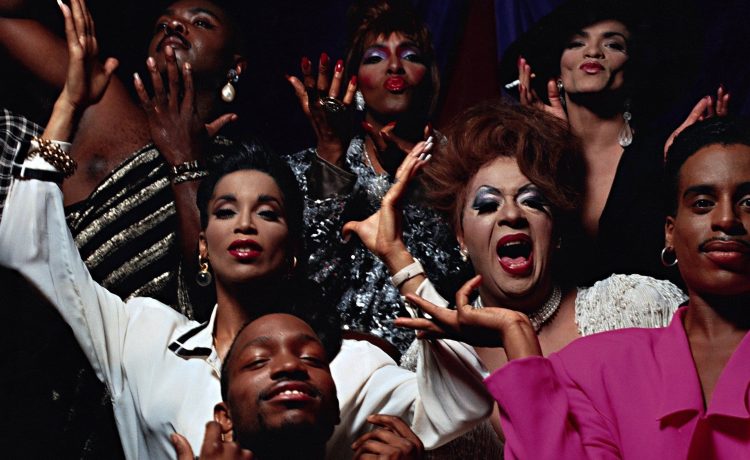maresiliencycenter.org – “Paris Is Burning” is a seminal documentary that offers a vivid glimpse into the lives of African American, Latino, gay, and transgender communities in New York City during the 1980s. Directed by Jennie Livingston and released in 1990, the film focuses on the vibrant drag ball culture, showcasing the resilience, creativity, and struggles of those who lived on the fringes of society. It is a powerful exploration of identity, acceptance, and the quest for belonging.
Overview of Drag Ball Culture
At the heart of “Paris Is Burning” is the drag ball scene, a subculture where individuals come together to compete in elaborate fashion shows that celebrate diversity and self-expression. These events provide a space for participants to embody different personas and challenge traditional gender norms. Categories range from “Realness” to “Vogue,” each offering a unique opportunity for competitors to demonstrate their talent and creativity.
Key Figures and Stories
The documentary introduces audiences to several key figures within the drag ball community, each with their own compelling story. Iconic personalities such as Pepper LaBeija, Dorian Corey, and Willi Ninja share their experiences and insights into the challenges faced by those in the LGBTQ+ community. Their stories highlight issues of race, poverty, and discrimination, underscoring the resilience required to thrive in an often-hostile world.
Themes of Identity and Family
“Paris Is Burning” delves deeply into themes of identity, exploring how individuals construct and express their sense of self. For many participants, the drag balls offered a vital sense of family and community, providing support and acceptance that was often lacking in their personal lives. The film illustrates how the concept of “chosen family” plays a crucial role in the lives of LGBTQ+ individuals, offering a refuge from societal rejection.
Cultural Impact and Legacy
Since its release, “Paris Is Burning” has become a cultural touchstone within the LGBTQ+ community and beyond. It has influenced mainstream popular culture, particularly through the art of voguing and drag performance. The film has sparked important conversations about race, class, and gender, and its impact is evident in contemporary media, from television shows like “RuPaul’s Drag Race” to the music of artists like Madonna.
Conclusion
“Paris Is Burning” remains a vital and influential documentary that captures a pivotal moment in LGBTQ+ history. Its exploration of drag ball culture and the individuals who shaped it continues to resonate with audiences today. As a celebration of resilience and creativity, the film stands as a testament to the enduring spirit of those who dared to defy societal norms and embrace their true identities.

